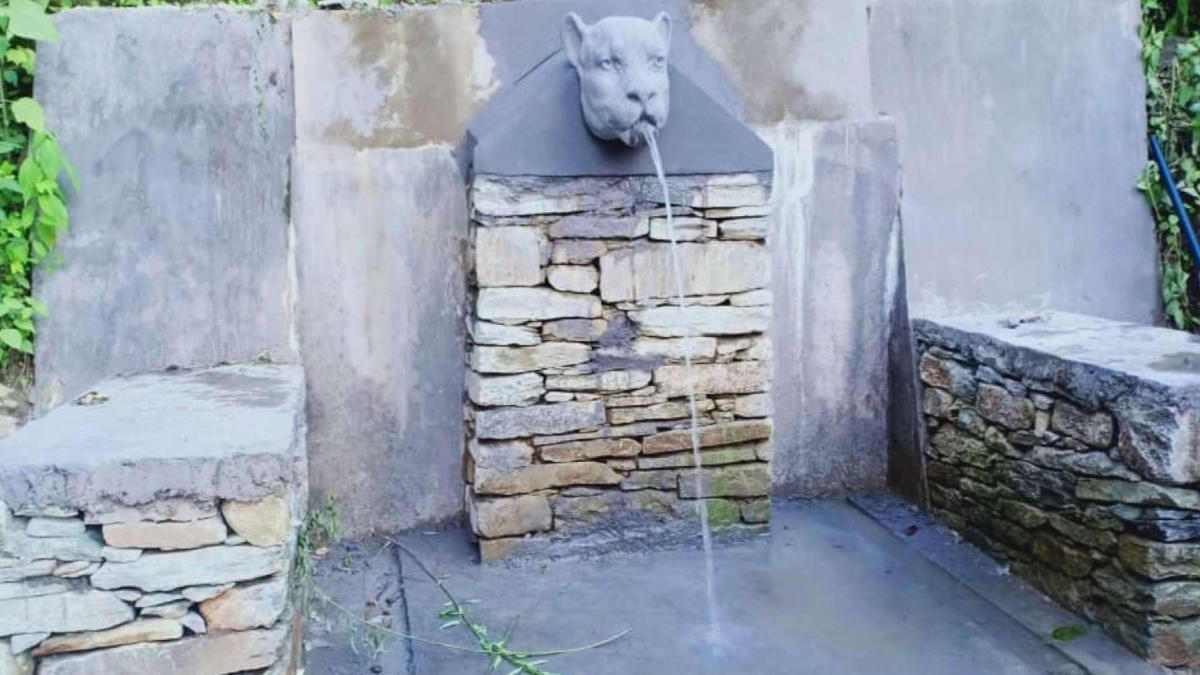


Water Springs flowing on the roadside of Rudraprayag of Uttarakhand that used to be overflown with plastic bottles, pipes, and plastic bags have now been changed into clean beautiful selfie points. This is after the efforts of the Rudraprayag Division of Forest Department (RFD) that changed the awful sights into awesome points to stop and get clicked. The RFD took this initiative under Compensatory Afforestation Fund Management and Planning Authority (CAMPA) restoration of dharas (traditional water springs).
Rudraprayag has the area of 1984 square kilometres with more than 200 such traditional water springs on the roadside. Most of them used to be filthy due to excessive usage of plastic items by locals and tourists. Tourists who visit here end up throwing their waste in such springs that had created massive chaos in clean springs as well, says IFS Vaibhav Singh, Divisional Forest Officer, Rudraprayag Forest Division.
“We are taking 33 traditional water springs that are going to be beautified. Each spring beautification is costing us around Rs 10,000 to Rs 15,000. People who are visiting Rudraprayag are clicking selfies here. Moreover, the water from these springs is treated. Hence, one can drink it as well,” says Singh.
The forest department in Rudraprayag has been working extensively for the past couple of years in conserving rainwater. The internationally known Kedarnath Temple is at the north of Rudraprayag, Madmaheshwar at east, Nagrasu at southern east, and Srinagar at the extreme south. The Mandakini River is the main river of the district. Hence this place carries importance in several ways so keeping its springs clean and drinkable is now a mission of the forest division, he adds.
Earlier in previous months, the forest division had already been able to create around 1732 check dams of various types in 330 hectares of degraded Chir Pine forests. With this, around 612 water bodies of different capacities were created with a total water retention capacity of more than one crore litres.